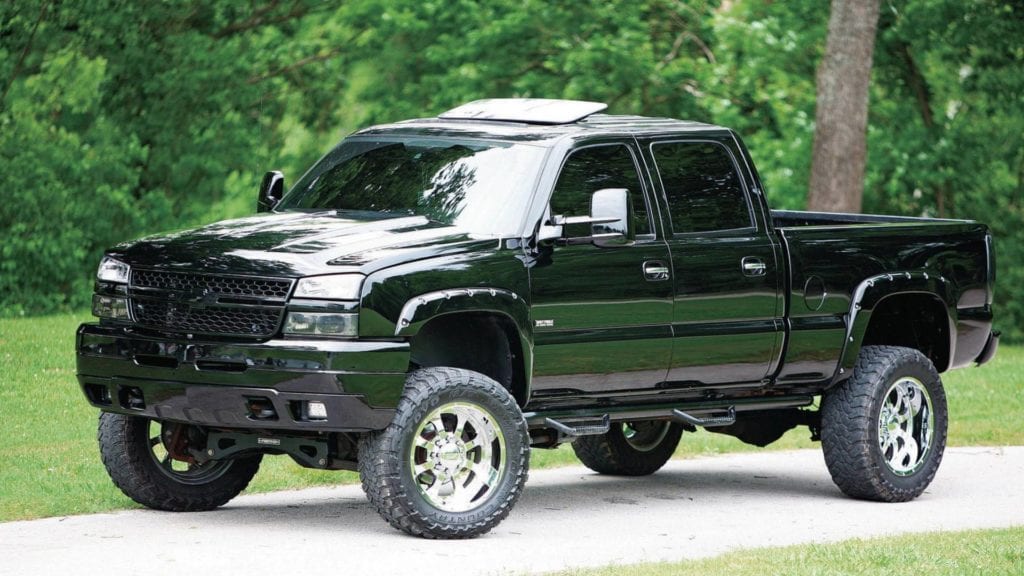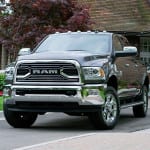Regardless whether a new or used truck, size matters. No, I’m not talking about how big of a lift you put on your truck. What I’m talking about are the different sizes according to the gross vehicle weight rating (GVWR) of the truck. It splits into three classes based on the GVWR: class 1, class 2/2b, and class 3. The higher you go, the more towing, payload, and general power these trucks have. So, why does size matter, ladies and gentlemen? Because, why would you buy a class 3 truck if a class 1 truck can do everything you need and more? Don’t forget, the larger the vehicle, the more the handling, fuel economy, and repairs and parts cost increases.
Before we jump into that though, it’s also important to realize that there is an outdated way of measuring trucks that’s still floating around.
Don’t Use the Outdated Way of Measuring
For example, a Ram 1500, 2500, and 3500 are different size trucks. Therefore, many people mistake the badging for either the engine size, or the capability. However, there is no longer any correlation between these numbers and the vehicle’s tow rating. While it was used in the 1960s as a way to designate approximate payload, it’s an outdated and inaccurate way of measuring pickups in 2016 and their corresponding capabilities. It’s so outdated, in fact, that the reason they based it on payload is because pickup trucks competed with horses. Weird, right?
Instead, it’s now all based on the government’s own truck classification system that uses GVWR, which is the more accurate way to figure out which truck you need.
Class 1 (Small-Mid-Size)
Your small-midsize trucks like the Chevy Colorado, Toyota Tacoma, Nissan Frontier, and Ford Ranger are all considered class 1 trucks, because they are 6,000 pounds or less.
Class 2/2B (Full-Size)
Full-size trucks like your Silverado 1500, F-150, and Ram 1500 are all considered full-size trucks, and fall into the class 2 category, weighing anywhere from 6,001-8,500 pounds.
As far class 2b, heavy-duty trucks like the Ford Super Duty, GMC/Chevy 2500, and Ram 2500 all fall under this sub-category. Why? Because, they weigh anywhere from 8,500-10,000 pounds. Interestingly enough, manufacturers don’t have to throw EPA MPG estimates on window stickers — since 8,500 pounds is the cutoff point.
Class 3 (3500 Trucks)
Trucks like your Ram 3500, F-350, and Silverado 3500 all fall into the class 3 category, which is anywhere from 10,001 to 14,000 pounds.
Why Does the GVWR Matter?
Well, for starters, measuring capability based off GVWR shows that you don’t need a truck above class 3. Since a 14,000 pound truck is big enough to tackled any residential chores, or even slightly larger tasks for small construction companies.
Secondly, because these classes are a much more accurate way to determine a truck’s capabilities, the designations are standardized. Now, all you need to do is look up the average tow rating and specs shared between automakers in that class, and determine if you need more or less. For example, the Ram 3500 can tow up to 31,210 pounds, and the new Silverado is going to be close to those numbers as well. Those are class 3 trucks. Is that more towing than you can handle? Simply downgrade and look at the trucks in class 2.
In the end, finding the right size is dictated by these three classes based off the GVWR of the truck, and it has a huge impact on your driving experience — in almost too many ways to count.




